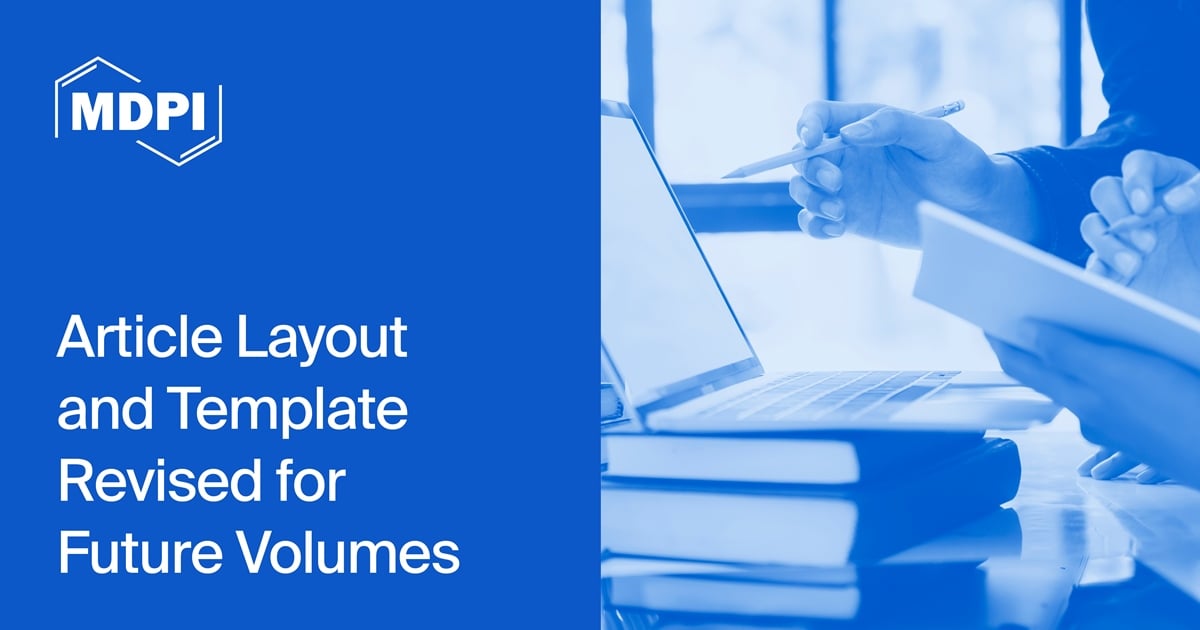-
 Improving Resource Efficiency in Plant Protection by Enhancing Spray Penetration in Crop Canopies Using Air-Assisted Spraying
Improving Resource Efficiency in Plant Protection by Enhancing Spray Penetration in Crop Canopies Using Air-Assisted Spraying -
 Natural Additives for Sustainable Meat Preservation: Salicornia ramosissima and Acerola Extract in Mertolenga D.O.P. Meat
Natural Additives for Sustainable Meat Preservation: Salicornia ramosissima and Acerola Extract in Mertolenga D.O.P. Meat -
 Advancing the Analysis of Resilience of Global Phosphate Flows
Advancing the Analysis of Resilience of Global Phosphate Flows -
 Biomass Valorisation Resources, Opportunities, and Barriers in Ireland: A Case Study of Counties Monaghan and Tipperary
Biomass Valorisation Resources, Opportunities, and Barriers in Ireland: A Case Study of Counties Monaghan and Tipperary -
 Environmental Life Cycle Assessment of Poly(3-hydroxybutyrate) (PHB): A Comparative Study with Petrochemical and Bio-Based Polymers
Environmental Life Cycle Assessment of Poly(3-hydroxybutyrate) (PHB): A Comparative Study with Petrochemical and Bio-Based Polymers
Journal Description
Resources
- Open Access— free for readers, with article processing charges (APC) paid by authors or their institutions.
- High Visibility: indexed within Scopus, ESCI (Web of Science), GeoRef, PubAg, AGRIS, RePEc, and other databases.
- Journal Rank: JCR - Q2 (Environmental Sciences) / CiteScore - Q1 (Nature and Landscape Conservation)
- Rapid Publication: manuscripts are peer-reviewed and a first decision is provided to authors approximately 24.6 days after submission; acceptance to publication is undertaken in 4.6 days (median values for papers published in this journal in the first half of 2025).
- Recognition of Reviewers: reviewers who provide timely, thorough peer-review reports receive vouchers entitling them to a discount on the APC of their next publication in any MDPI journal, in appreciation of the work done.
- Journal Clusters of Water Resources: Water, Journal of Marine Science and Engineering, Hydrology, Resources, Oceans, Limnological Review, Coasts.
Latest Articles
E-Mail Alert
News
Topics
Deadline: 31 December 2025
Deadline: 30 January 2026
Deadline: 28 February 2026
Deadline: 31 March 2026
Conferences
Special Issues
Deadline: 31 December 2025
Deadline: 31 December 2025
Deadline: 20 January 2026
Deadline: 10 February 2026






























